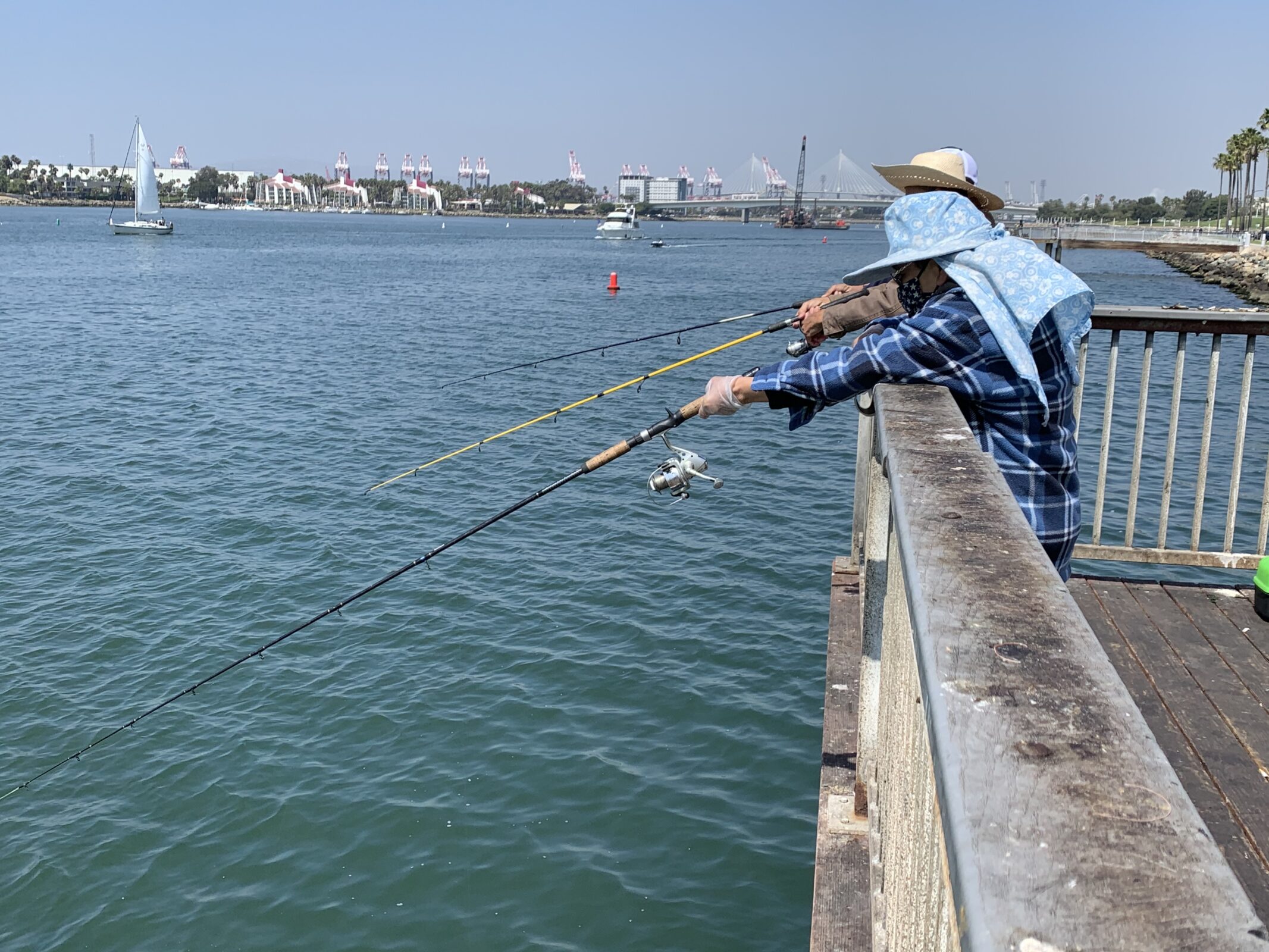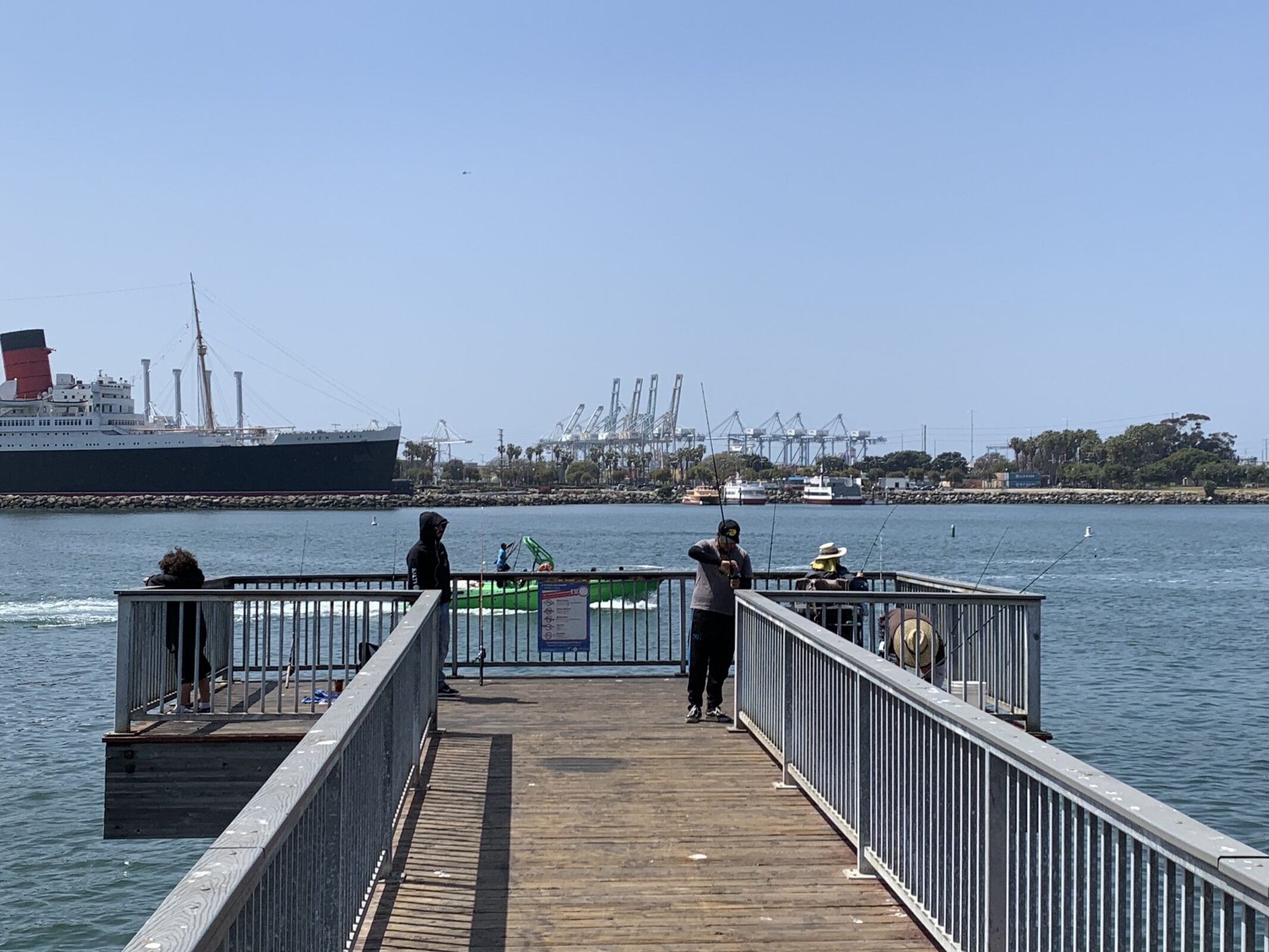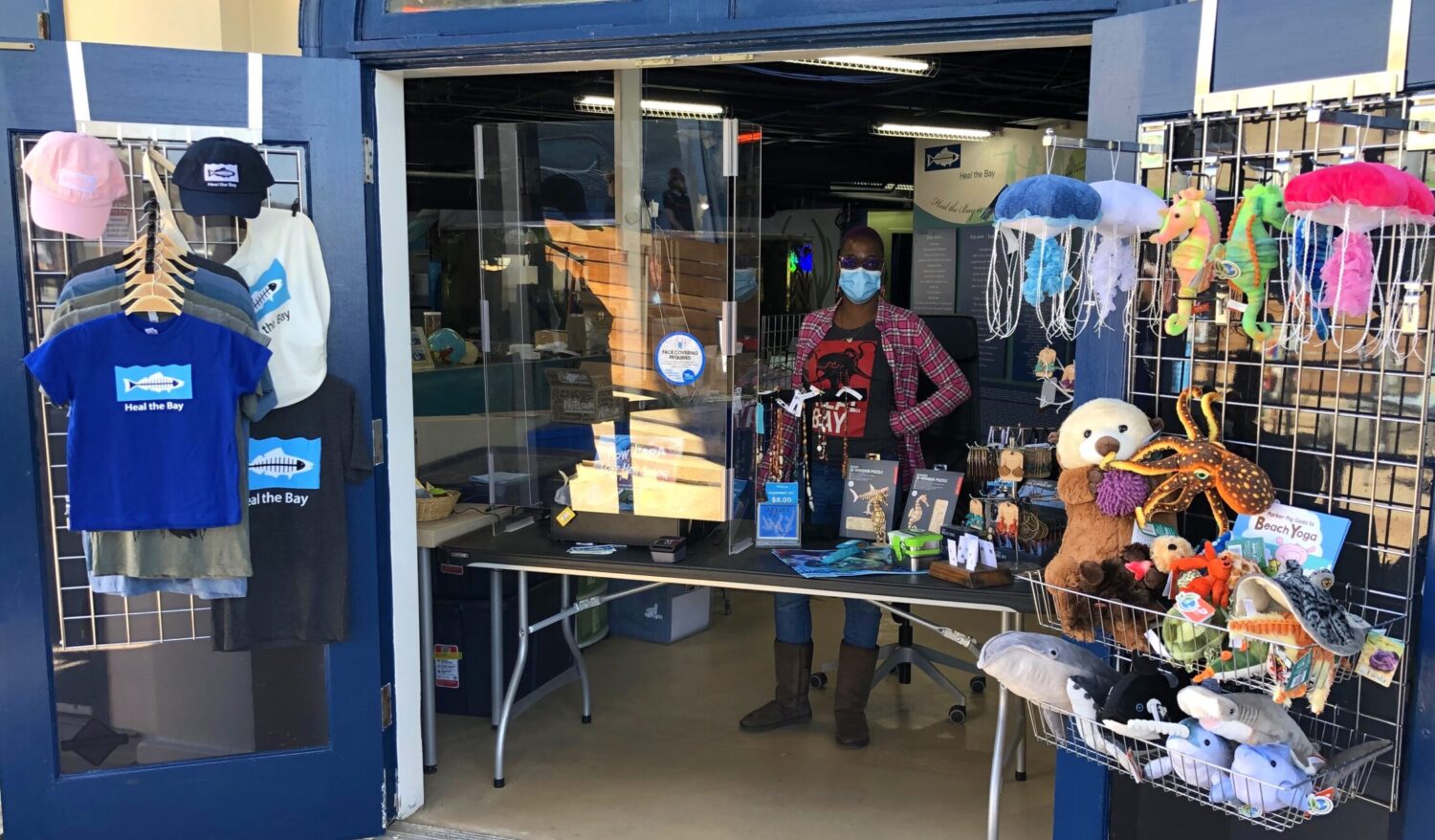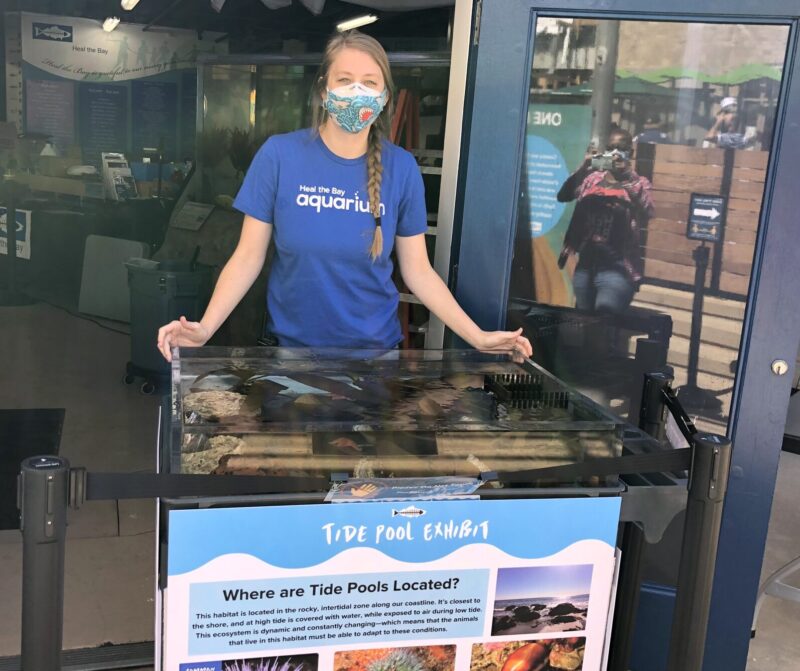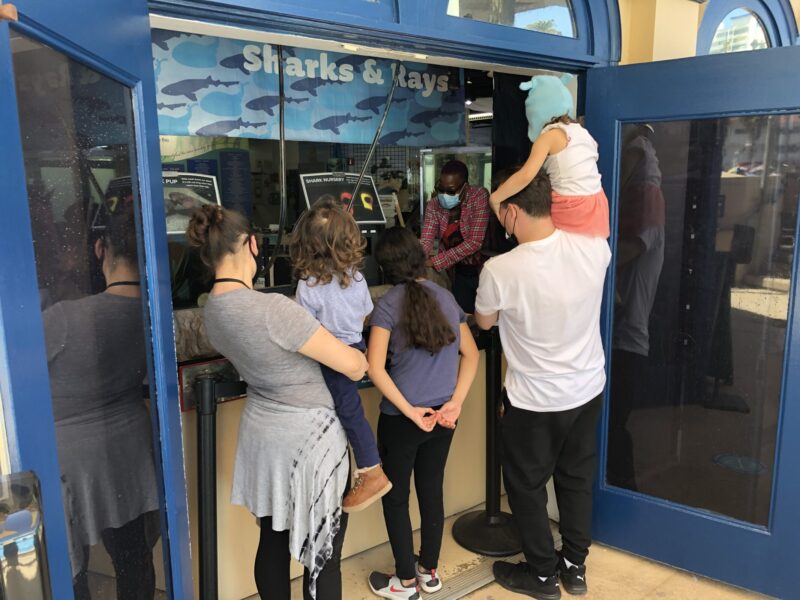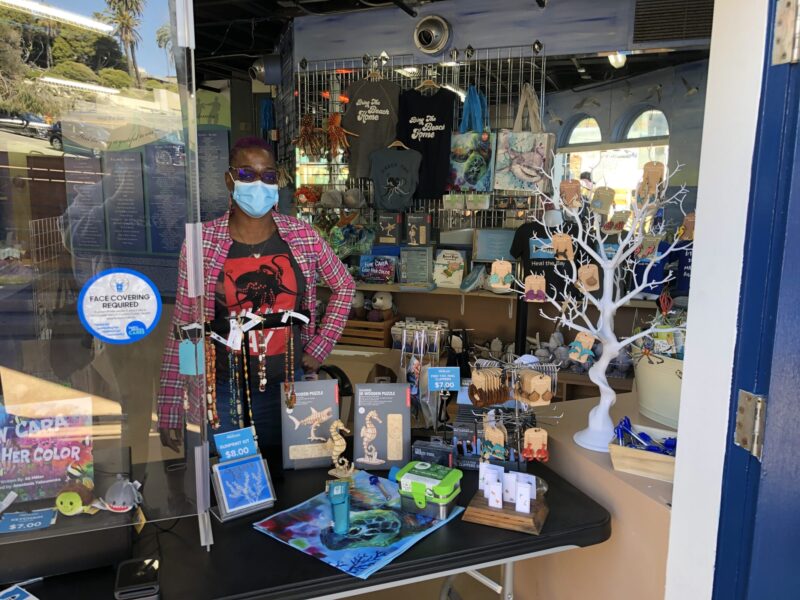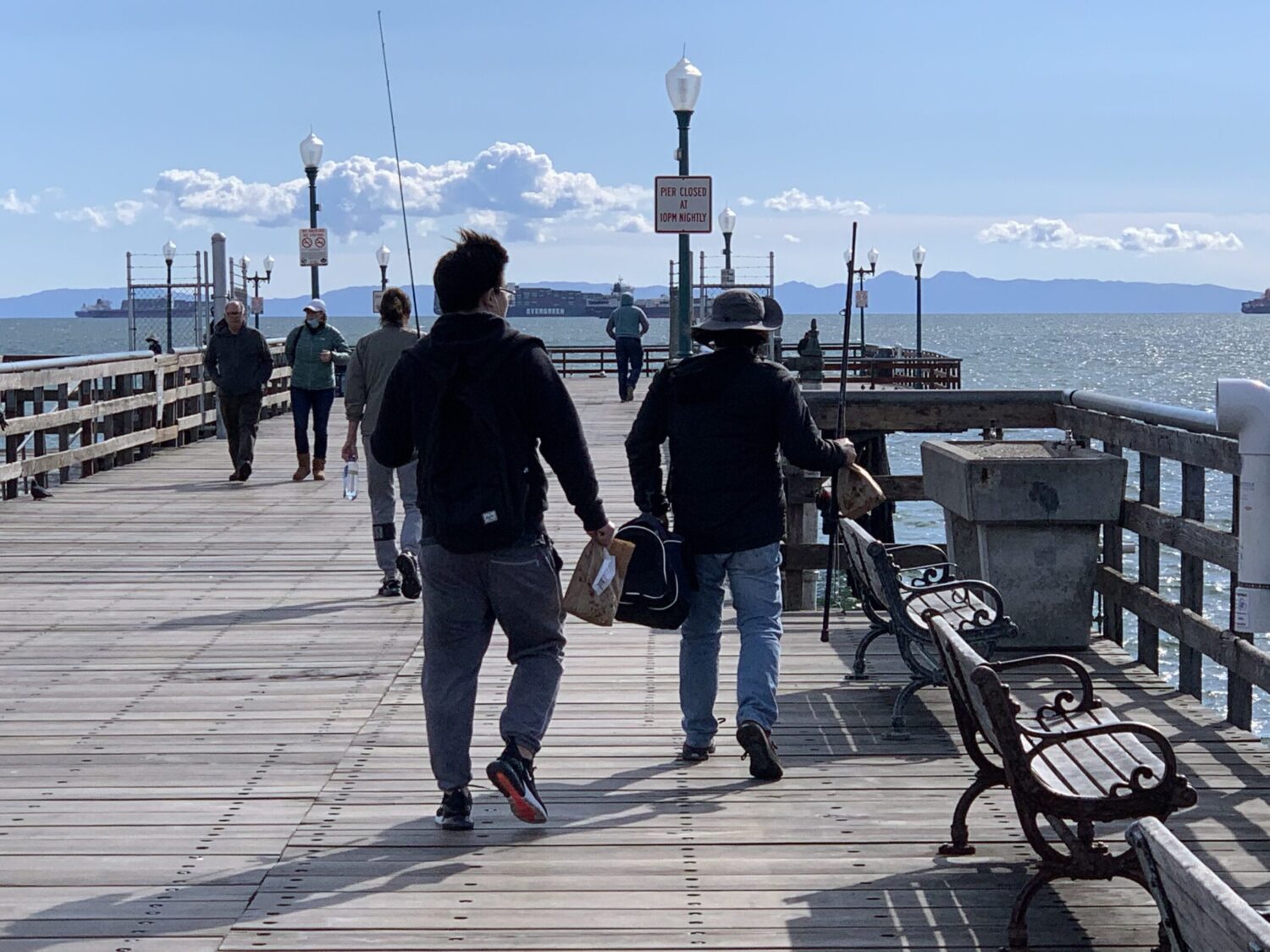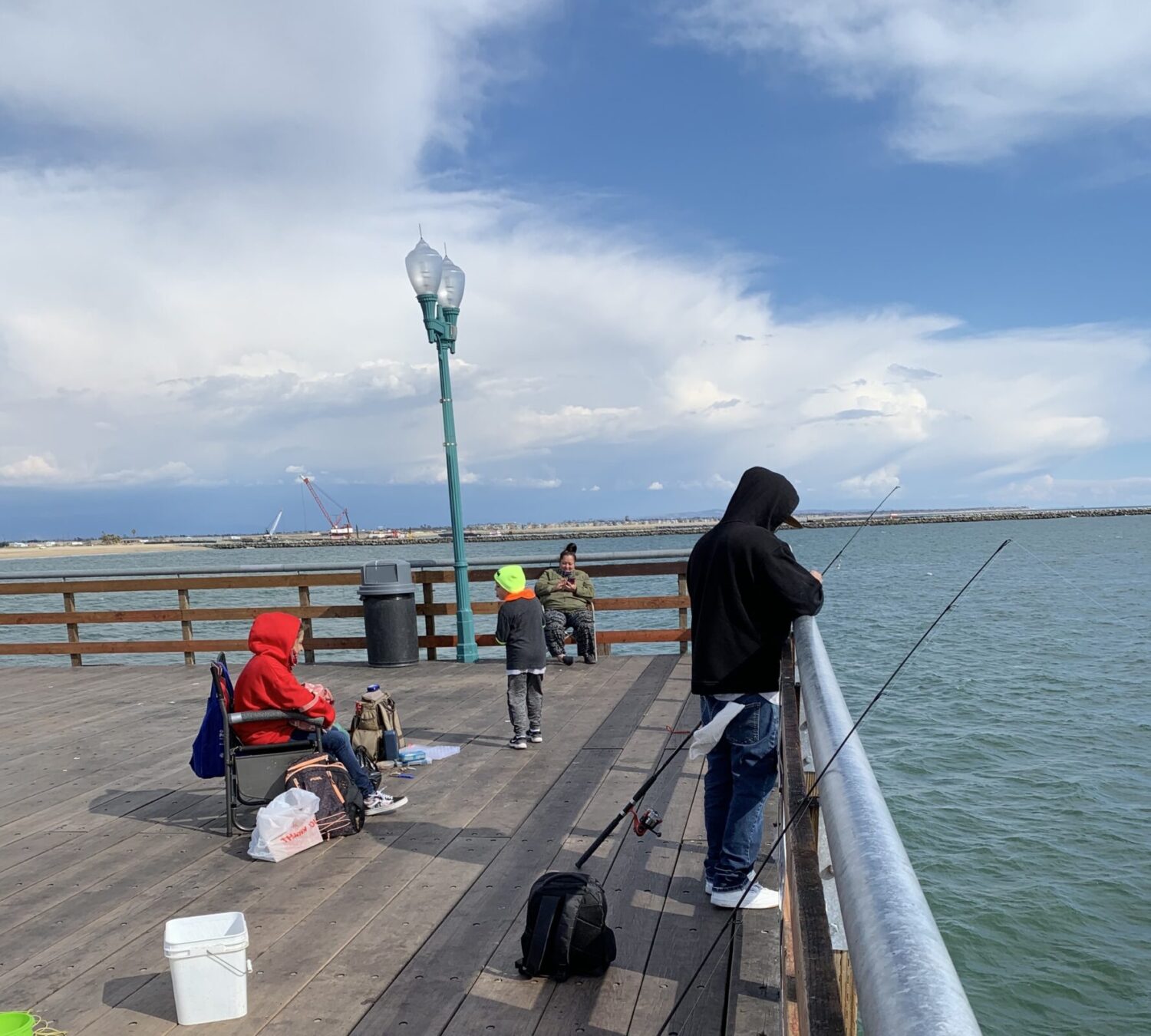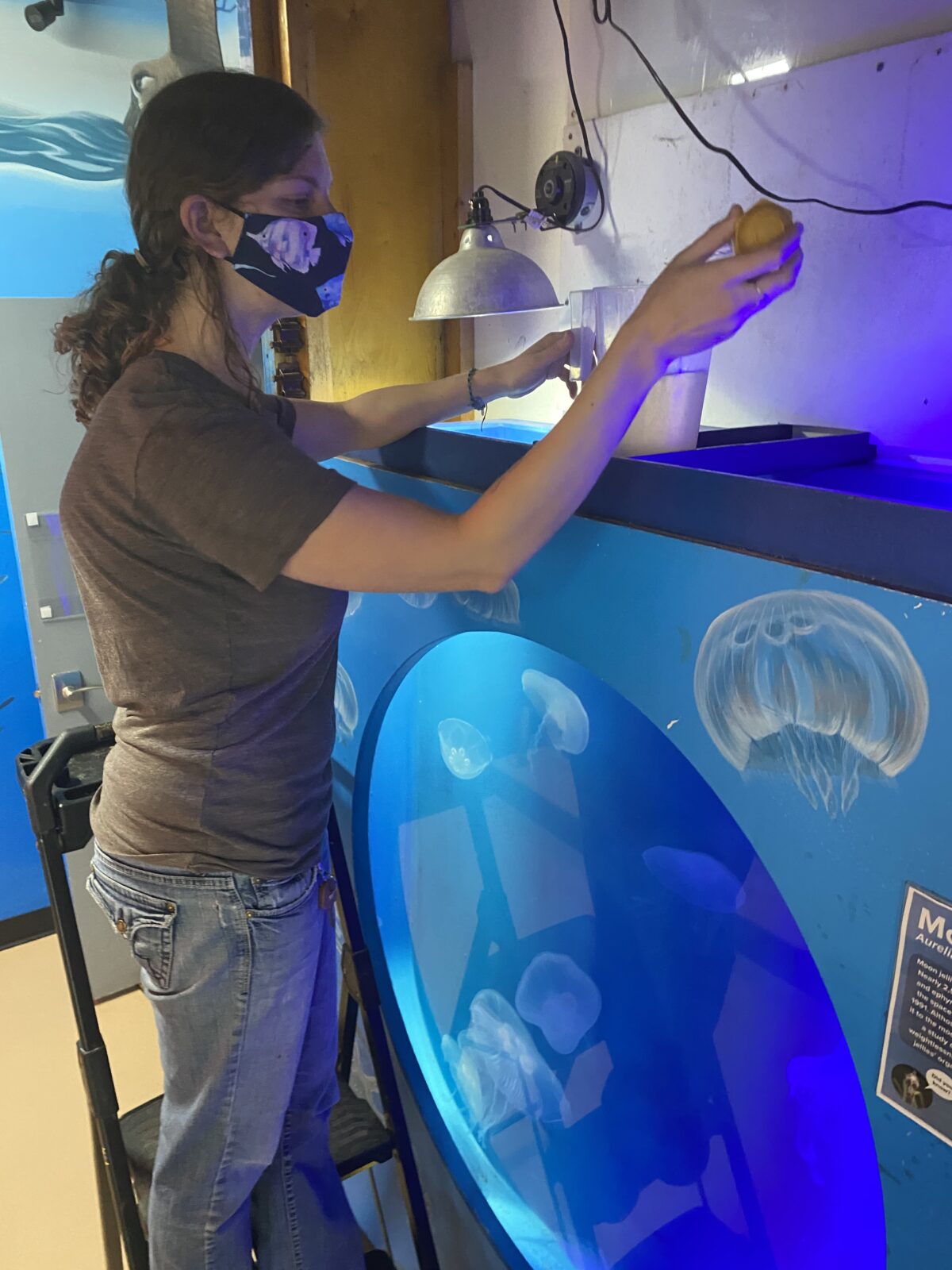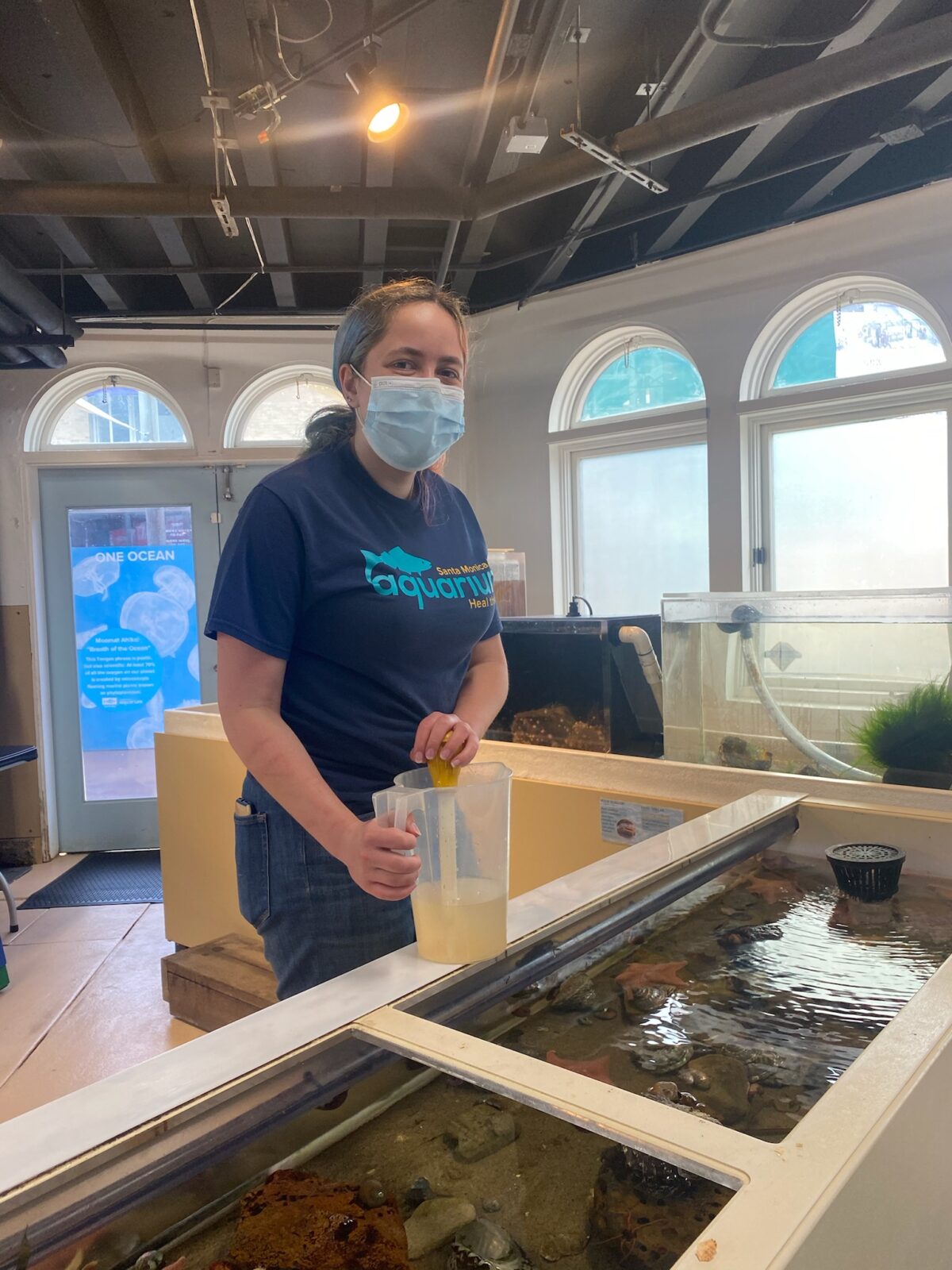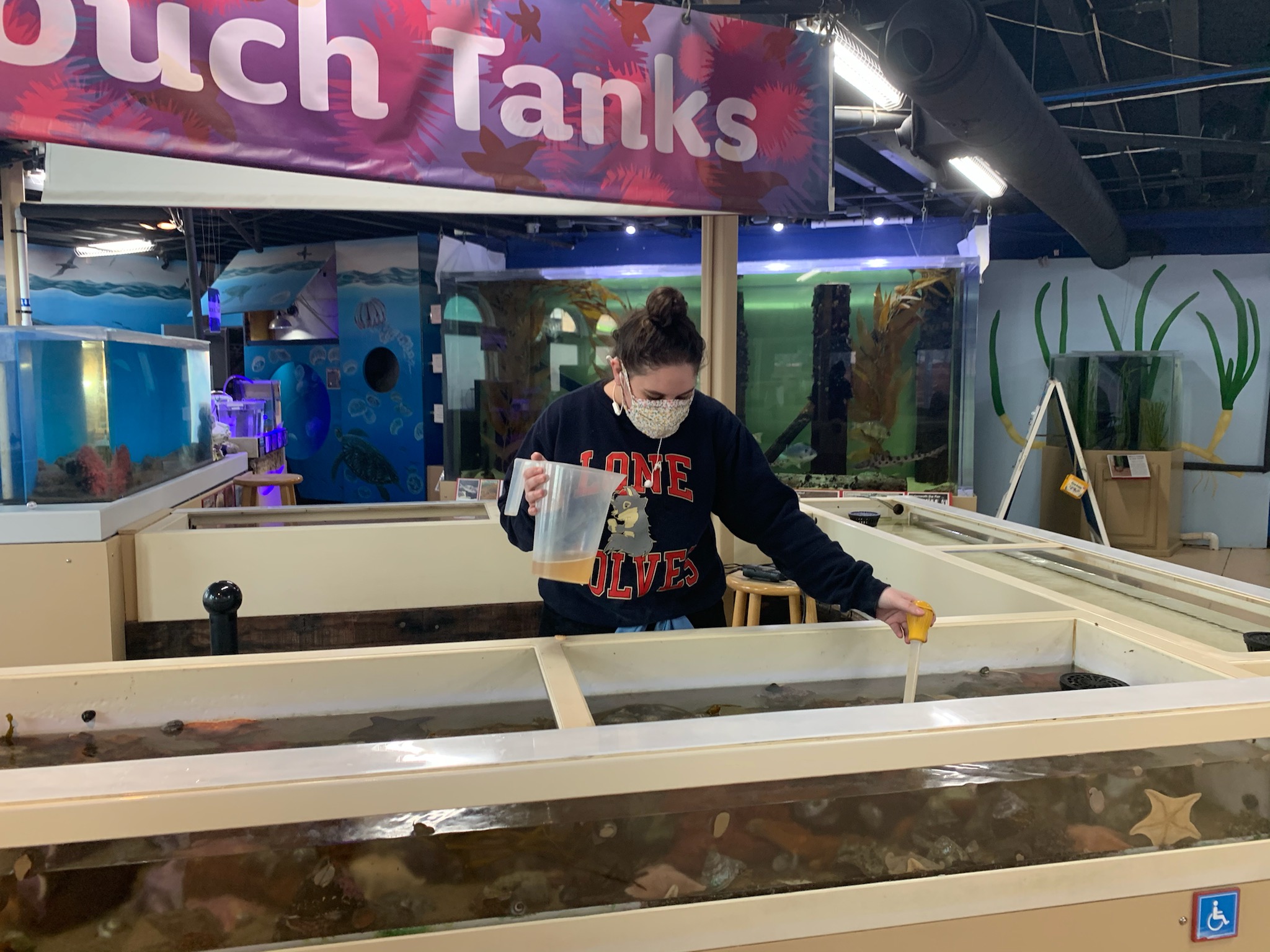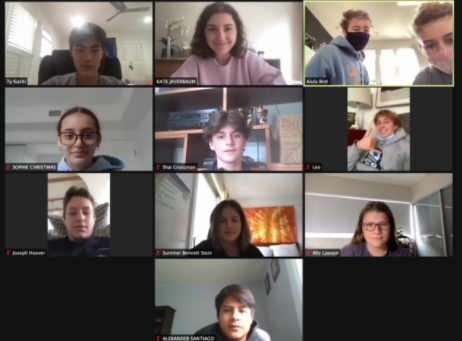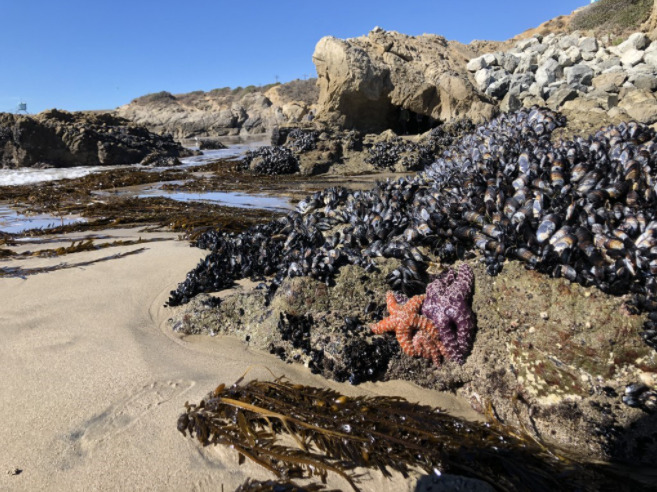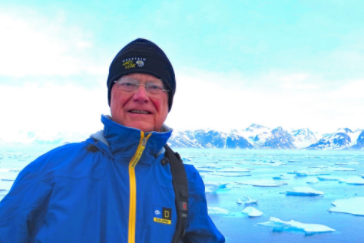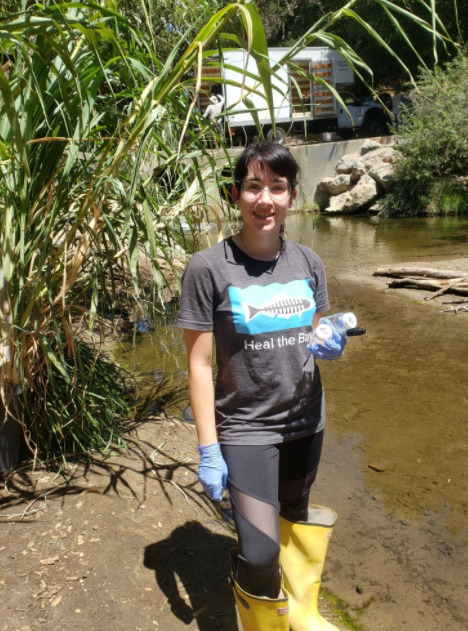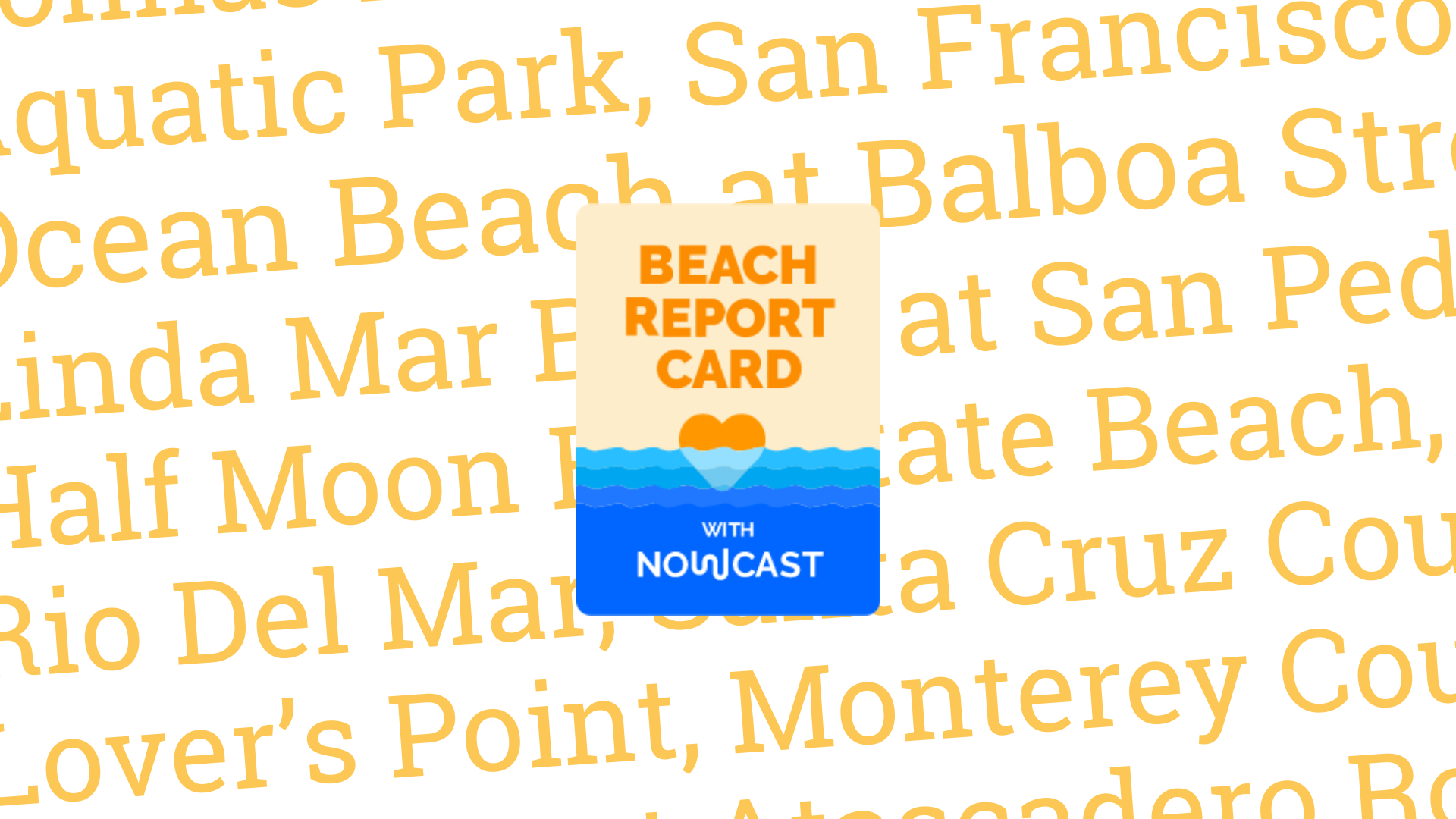
For the seventh straight summer, Heal the Bay is posting daily water quality predictions for California Beaches at the Beach Report Card with NowCast. To make daily predictions, we use computer models to examine correlations between environmental conditions (such as temperature and tide) and historical bacteria concentrations. Our NowCast models then predict with a high accuracy how much bacteria could be present in the water given the current local conditions at the beach.
A day at the beach should not make anyone sick. That is why health officials across the state monitor water quality at the beach every week during the summer. And when officials detect high levels of bacteria, they issue a public health advisory. By the time traditional water quality samples are processed, a minimum of 18-24 hours have passed and the information is already outdated – and with samples taken only every 7 days, a weekly water quality grade may not provide the most useful or updated information as water quality can fluctuate rapidly. Heal the Bay believes that we need daily water quality information in order to better protect public health – our NowCast program does exactly that, issuing daily water quality information for 25 beaches.
NowCast predictions appear on the Beach Report Card website and app with the symbols seen below. A Blue “W+” symbol indicates that there is a low risk of illness by coming in contact with the water, and a Red “W-” symbol indicates that there is a high risk of illness by coming in contact with the water.

Head to beachreportcard.org to find daily predictions for 25 beaches across California. Or download our free app on your iOS or Android device to get daily predictions on-the-go.
Just in time for Memorial Day weekend, the unofficial start of summer 2021, we are excited to announce the 25 beaches in our NowCast program, with five new beaches added to the program in 2021:
- Trinidad State Beach, Humboldt County *NEW
- Luffenholtz State Beach, Humboldt County
- Bolinas Beach at Wharf Road, Marin County
- Aquatic Park, San Francisco
- Ocean Beach at Balboa Street, San Francisco
- Linda Mar Beach at San Pedro Creek, San Mateo County
- Half Moon Bay State Beach, San Mateo County *NEW
- Rio Del Mar, Santa Cruz County
- Lover’s Point, Monterey County *NEW
- Morro Bay at Atascadero Road, San Luis Obispo County
- Hammonds Beach, Santa Barbara County *NEW
- Promenade Park at C Street, Ventura County *NEW
- Leo Carrillo, Los Angeles County
- Venice Beach at Brooks Avenue, Los Angeles County
- Venice Breakwater, Los Angeles County
- Dockweiler/Toes Beach, Los Angeles County
- El Porto, Los Angeles County
- Manhattan Beach at 28th Street, Los Angeles County
- Redondo Breakwater, Los Angeles County
- Torrance Beach at Avenue I, Los Angeles County
- Long Beach at 5th Place, Los Angeles County
- Long Beach at 72nd Place, Los Angeles County
- Seal Beach Pier, Orange County
- Huntington Beach at Brookhurst Street, Orange County
- Newport Beach at 38th Street, Orange County
Don’t see your beach on the map? Let us know if you have a beach we should consider for NowCast. We are continually refining and expanding this program and hope to cover more beaches in the future. Predicting water quality is complex and we want to make sure we get it right. This means we need access to a myriad of data sources in order to make accurate predictions, and when data are not readily available, we can’t make the prediction.
Communities looking to bring daily water quality predictions to their favorite beach spots can advocate for this cause in the following ways:
- Advocate at town halls and city council meetings for increased funding toward ocean and environmental data observation, collection, standardization, and analysis programs.
- Support Heal the Bay’s staff scientists efforts to expand monitoring programs and directly fund our work.
- Stay informed about your local water quality and reach out to your representatives in California demanding improvements be made to protect public health and the environment.
If you can’t find NowCast predictions in your area, you can see the latest water quality grades issued to over 500 beaches on the Beach Report Card. In the meantime, we are working to expand NowCast, so check back soon to see if your favorite beach has water quality predictions.
SHARE THE NEWS






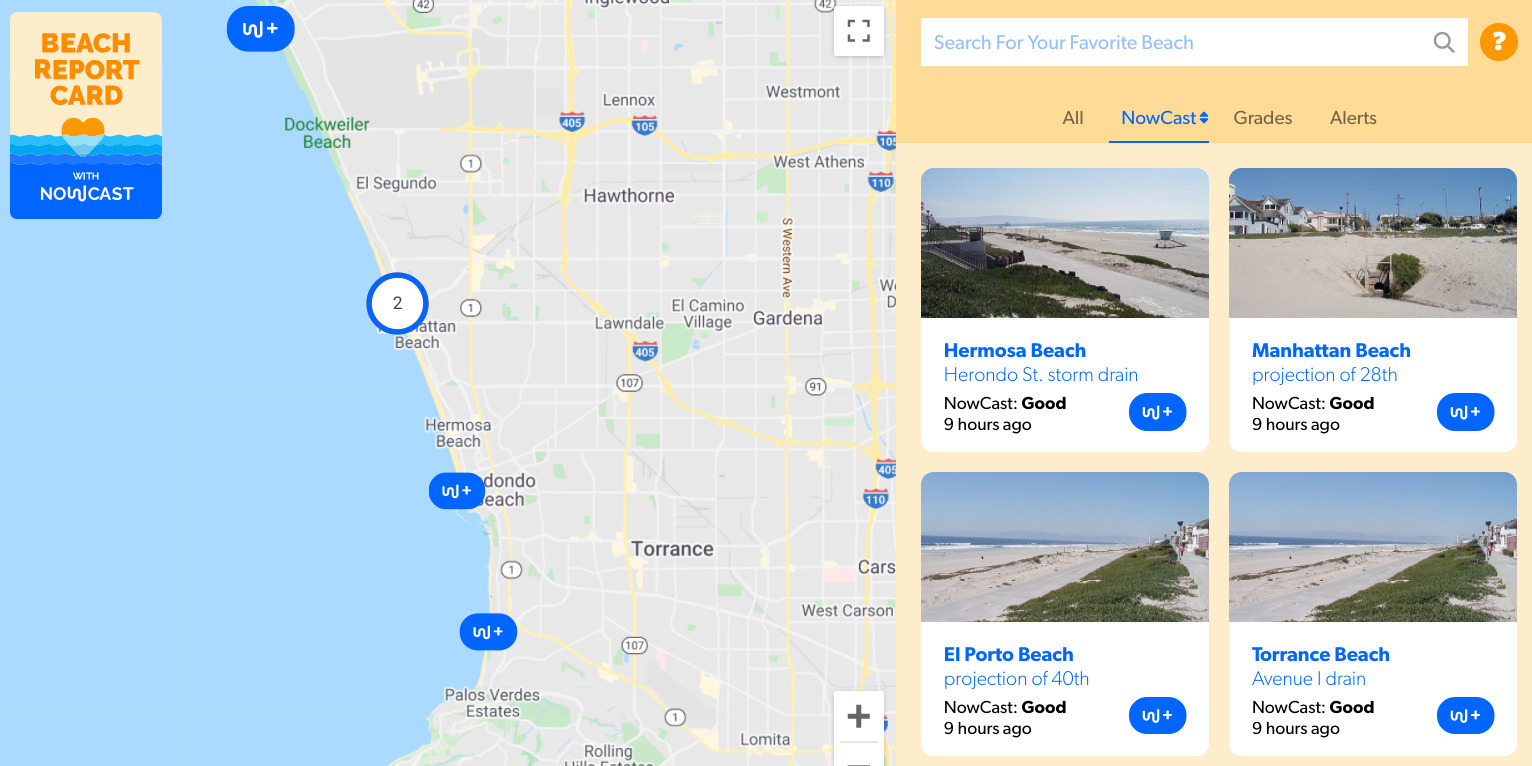

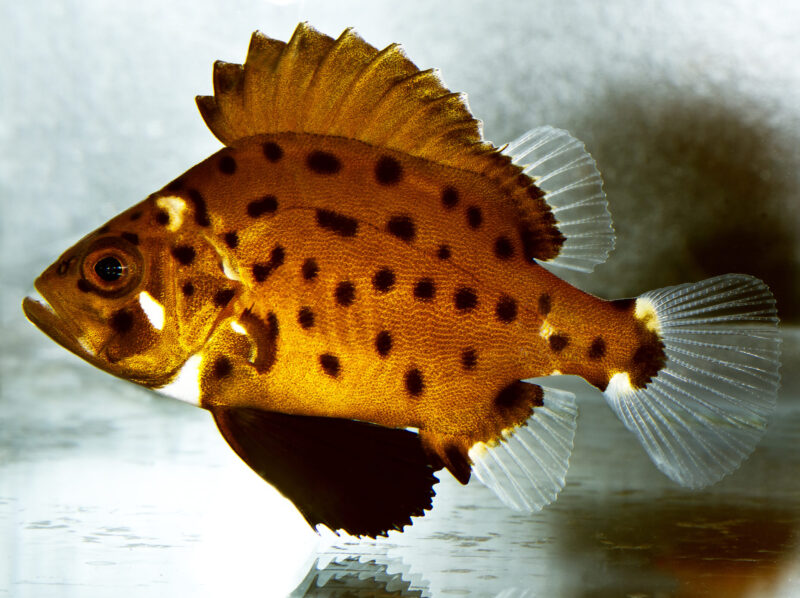
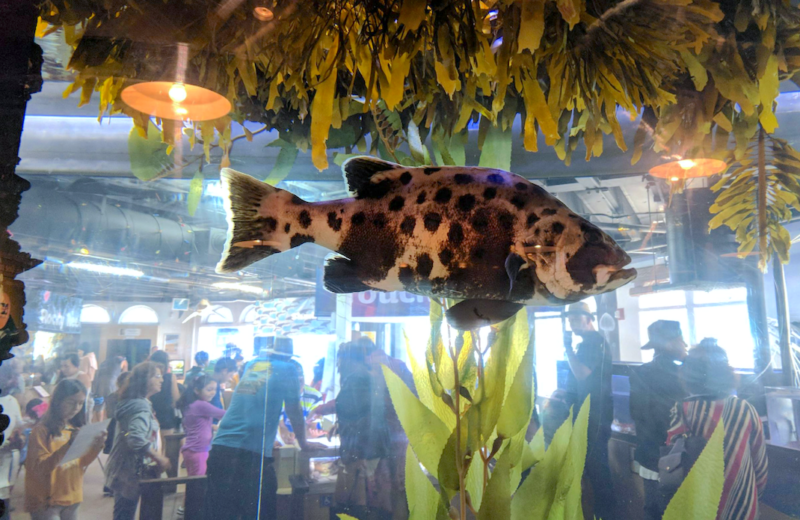
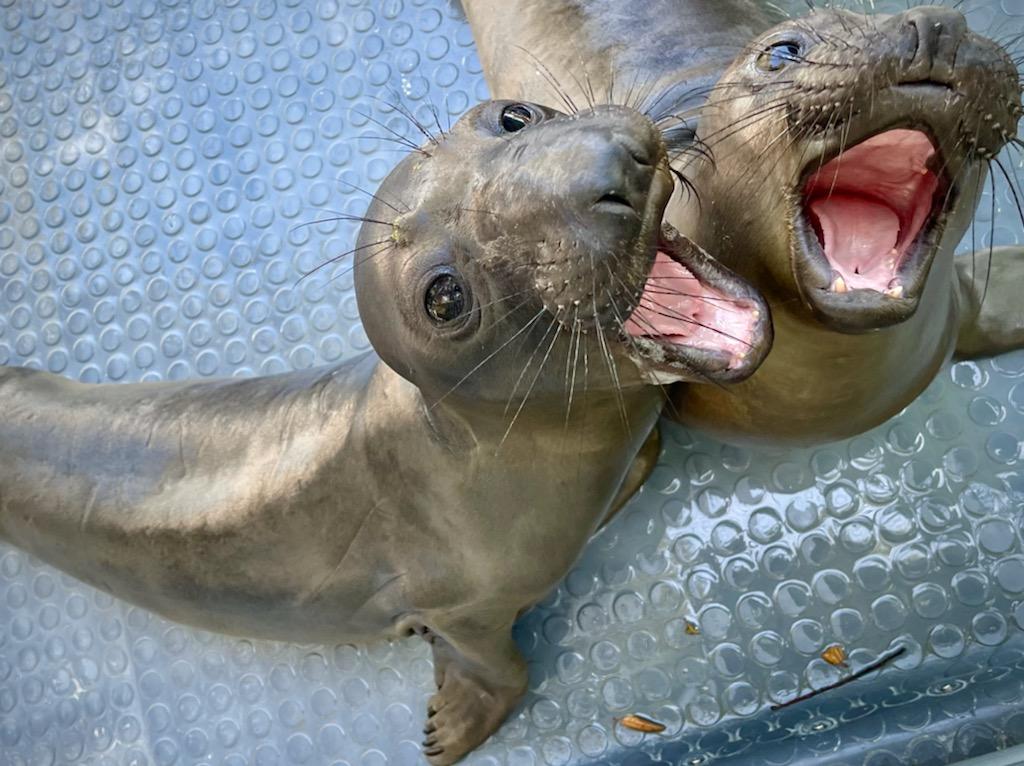

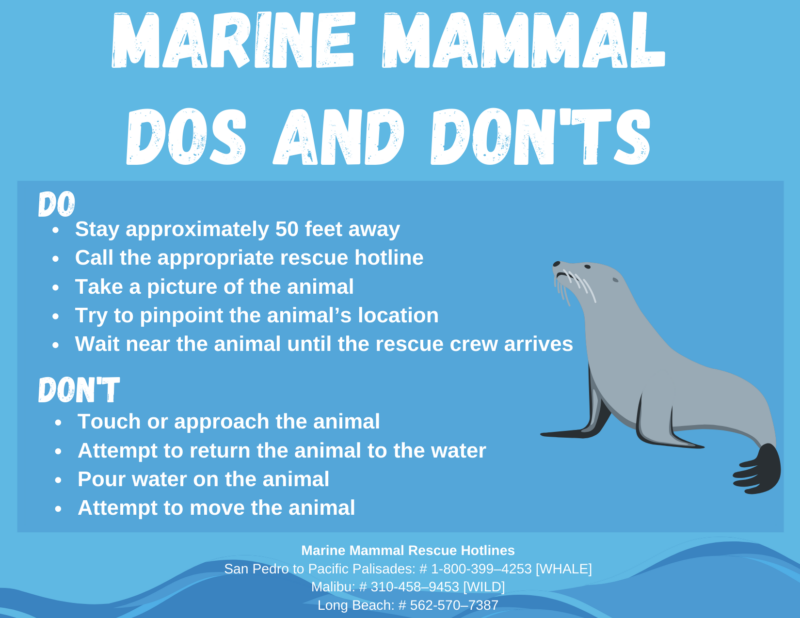
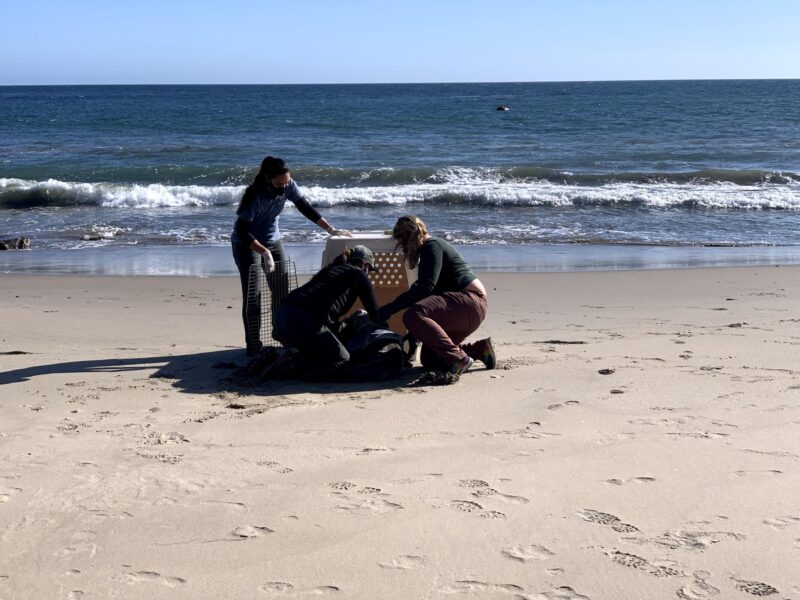
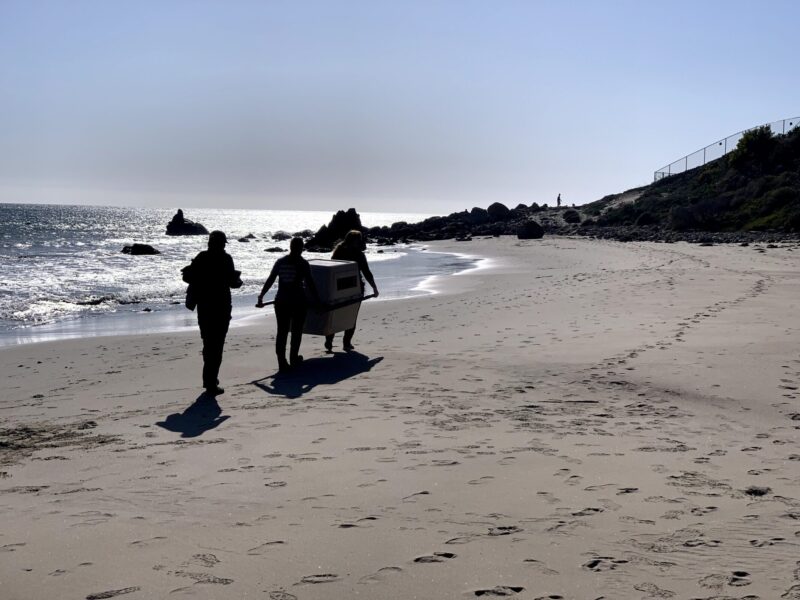
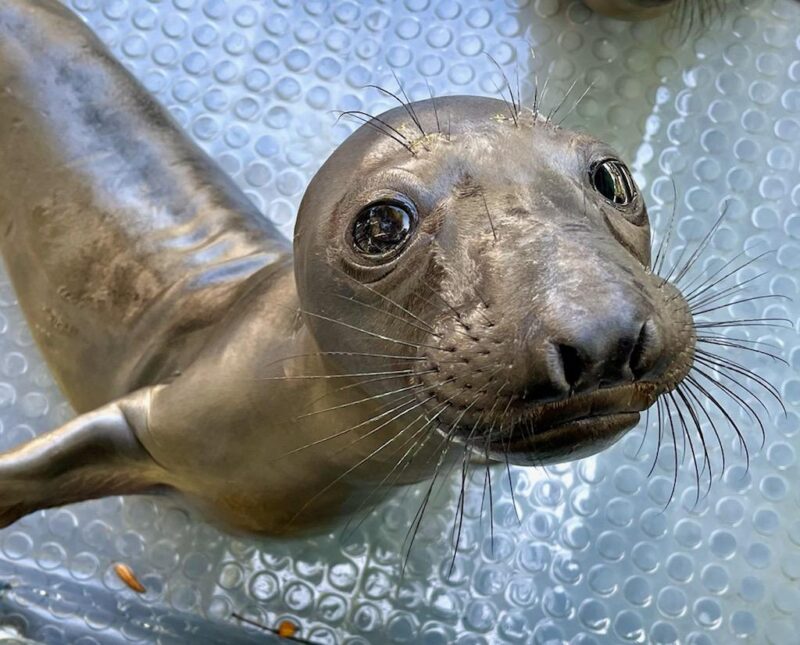
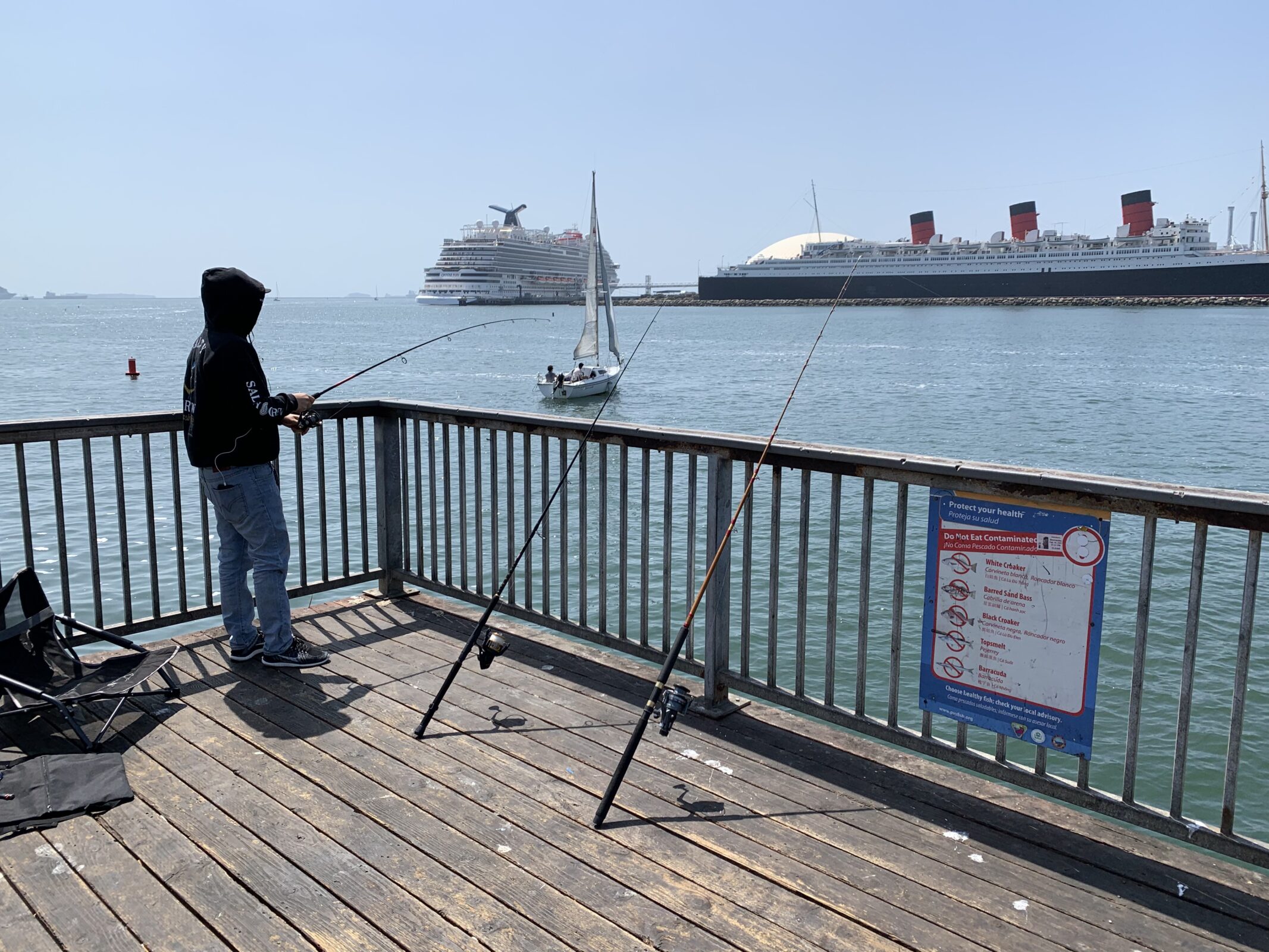 Photo by Frankie Orrala (April 16, 2021)
Photo by Frankie Orrala (April 16, 2021)
